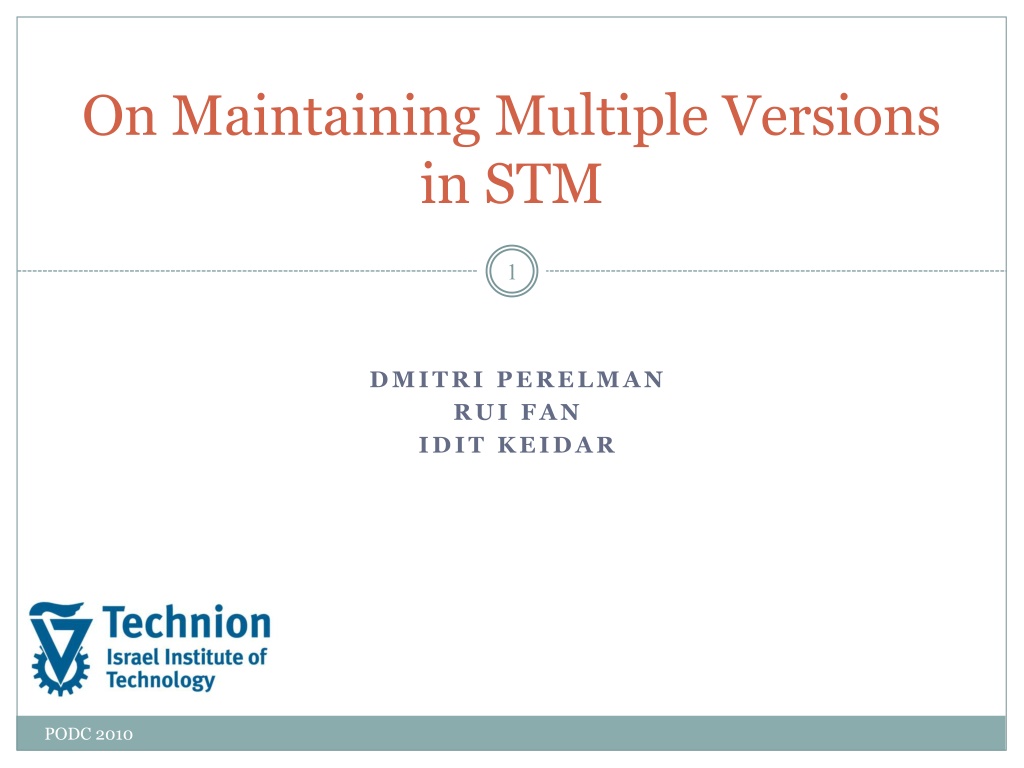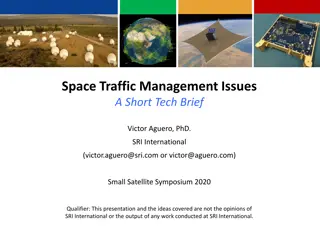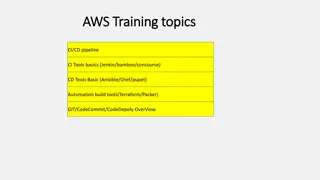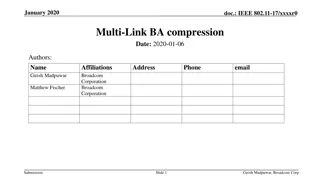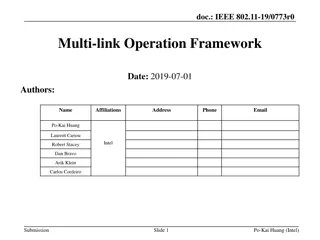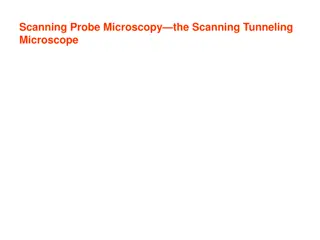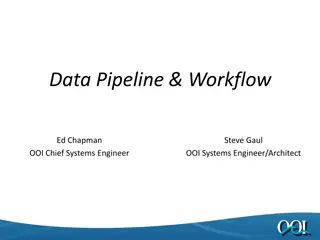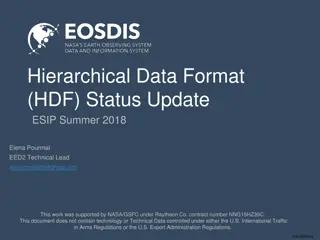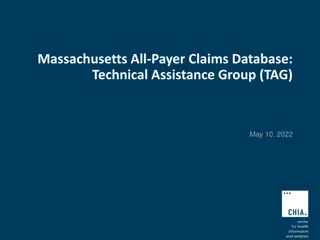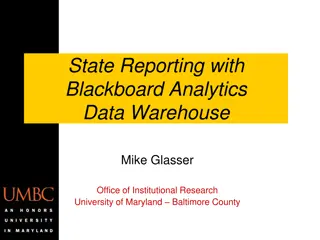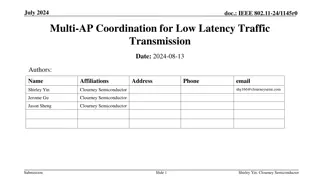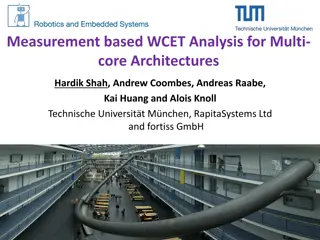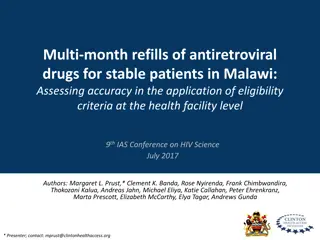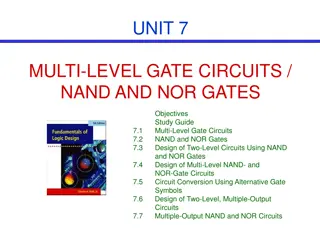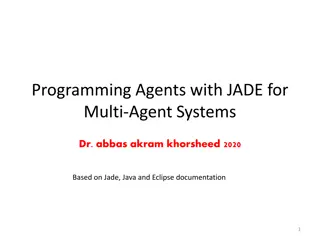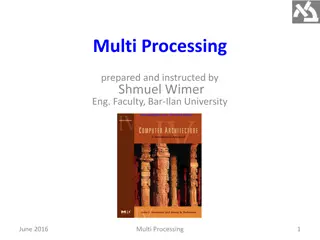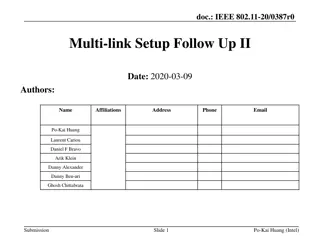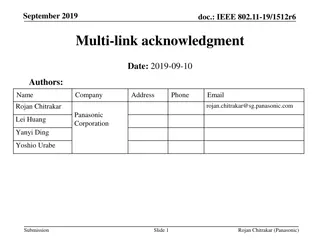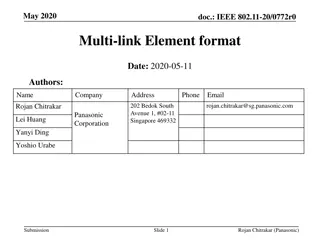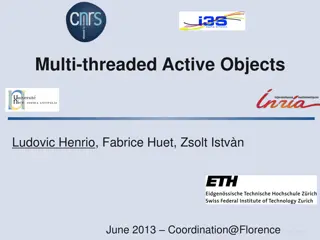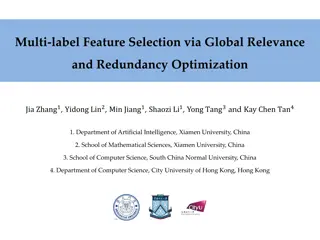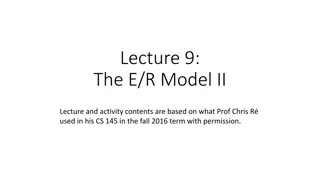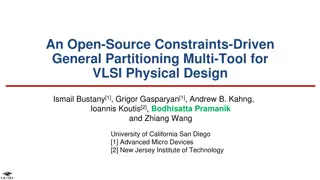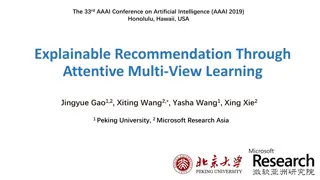Exploring Multi-Versioning in STM: Challenges and Solutions
Examining the benefits and challenges of maintaining multiple versions in software transactional memory (STM) systems. Discusses the issues with aborts in STM, the advantages of multi-versioning, and the permissiveness guarantees associated with MV-STMs. Also delves into the garbage collection challenge of MV-permissiveness and the impossibility of space optimality in such systems.
Download Presentation

Please find below an Image/Link to download the presentation.
The content on the website is provided AS IS for your information and personal use only. It may not be sold, licensed, or shared on other websites without obtaining consent from the author. Download presentation by click this link. If you encounter any issues during the download, it is possible that the publisher has removed the file from their server.
E N D
Presentation Transcript
On Maintaining Multiple Versions in STM 1 DMITRI PERELMAN RUI FAN IDIT KEIDAR PODC 2010
Aborts in STM 2 Forceful aborts an algorithm suspects correctness violation Aborting transactions is bad work is lost resources are wasted overall throughput decreases danger of livelock PODC 2010
Multi-Versioning in STM 3 Keeping multiple versions can prevent aborts Single-versioned STM Multi-versioned STM T1 T2 T1 T2 o1 o1 o2 o2 C A C C cannot read the latest version read the previous one cannot read the latest version abort PODC 2010
Our contribution 4 Prior work empirical evaluation Versioned Boxes, LSA, TSTM constant number of versions per object Selective Multi-Versioning (SMV) STM (Transact 10) keeps the versions as long as they might be needed Performance benefit for certain benchmark types Our contribution inherent MV properties: GC challenge (what versions to keep?) possible permissiveness guarantees disjoint access parallelism visibility bounds PODC 2010
Permissiveness guarantees of multi-versioned STM 5 We want to capture the power of multiple versions: each read-only transaction commits an update transaction aborts only if it conflicts with other update transaction Multi-Versioned (MV)-Permissiveness Practical satisfied by SMV Would have been achieved by most multi-versioned algorithms (LSA, Vboxes, TSTM) if they had kept all the needed object versions PODC 2010
GC Challenge of MV-permissiveness 6 Must clean up old versions the intention is not to keep the useless ones keep the version if it might be needed by some potential reader Space optimality An MV-permissive algorithm STM1 is space optimal if for any MV-permissive algorithm STM2 at any point of time: #versions in STM1 #versions in STM2 No MV-permissive STM can be space optimal PODC 2010
Space optimality is impossible intuition 7 Consider an unnecessary old version of object oij in any extension of the run STM can preserve MV- permissiveness without keeping oij Have to remove it to be space optimal Build an extension so that: STM has to keep some other versions which could be removed if oijwould be kept PODC 2010
Disjoint Access Parallelism 8 DAP property: txns with disjoint data sets do not contend DAP algorithms do not have a common bottleneck important for scalability MV-permissive STM cannot be disjoint access parallel (DAP) Intuitively, contention point is responsible for a real-time order guarantee PODC 2010
DAP impossibility proof intuition 9 T1 and T3 are disjoint access: the runs are indistinguishable T2 T3 C T2 T3 C o1 o1 T1 T1 o2 o2 C C T1 < T2 by RTO => T2 must read the last version of o2 T3 < T1 by RTO => T2 must read the previous version of o2 PODC 2010
Useless Prefix (UP) GC GC compromise 10 Space optimality is impossible what guarantees can we give? Useless Prefix GC property the algorithm is allowed to keep version oijonly if: there might be a txn that can read oijand cannot read any future version of object oi T1 T2 o1 o2 T1 cannot read the following versions has to be kept o3 T1 can read the latest one should be removed PODC 2010
UP-Multiversioning concept 11 MV-permissive STM that satisfies useless-prefix GC Read-only txns read the latest possible version one, which is over-written by the earliest following update txn Each version is kept as long as it has a potential reader enough for satisfying useless-prefix GC Updater passes the overwritten versions to its live preceding transactions PODC 2010
UP-Multiversioning concept 12 T1 T2 cannot read the latest version read the previous one o1 o2 C C o1 ver=1 ver=2 o1 o2 ver=1 ver=2 o2 ? to read T1 T2 PODC 2010
Conclusions 13 Space optimality is impossible DAP is impossible Useless prefix GC is achievable with visibility constraints UP MV is non-DAP and uses visible reads PODC 2010
